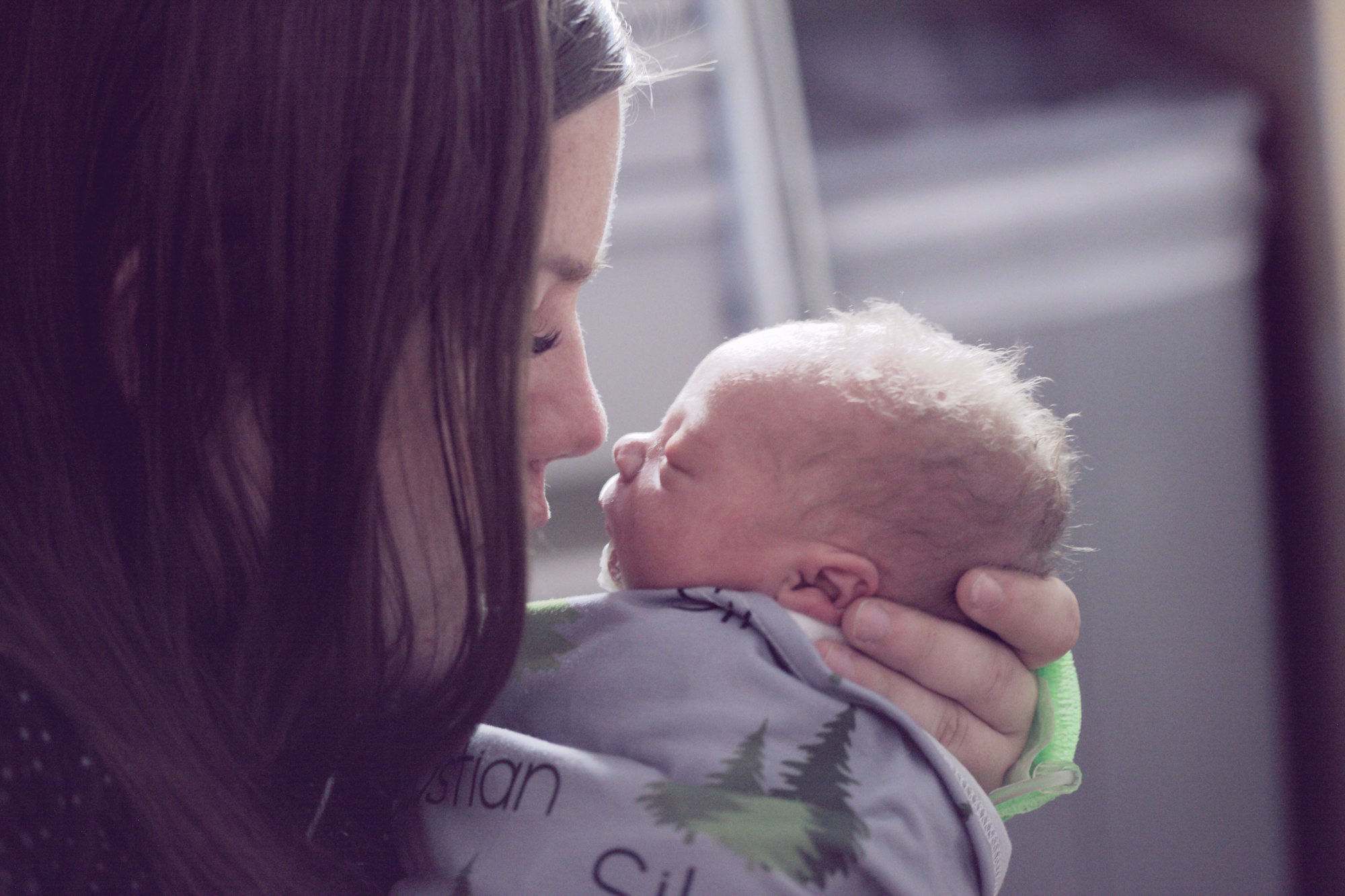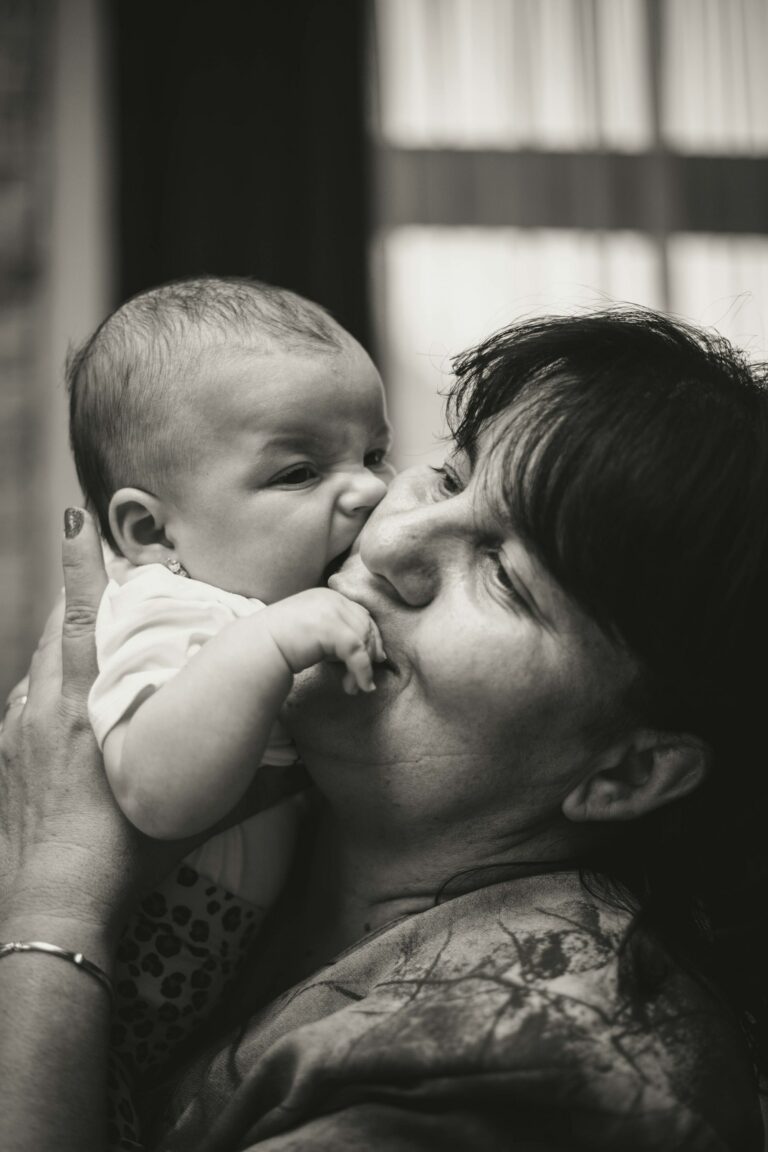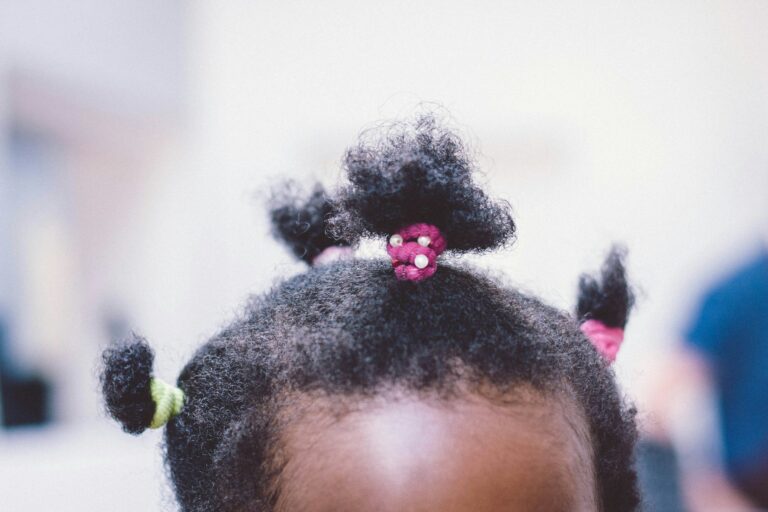When the journey of playing with newborns begins, the questions tumble in. Should you sing softly or simply smile? Is every coo an invitation, or a signal for calm? Many parents wonder where gentle interaction ends and true early development begins. These moments, as fleeting as a newborn’s yawn, can feel both delicate and daunting: how to foster growth without overwhelming, to stimulate without overstimulating? Science lights the way, showing that every look, gentle word, or soft cuddle is far from trivial. Early play is the first language you share—a language of touch, gaze, and sound that forges deep connections and strong foundations. Let’s explore the hidden layers of these simple exchanges. What do they spark in your baby’s rapidly developing brain? How do you adapt play to a newborn’s unique needs, and when should you pause? You’ll find practical, medically grounded answers, plus strategies to involve siblings and the whole family for a truly shared adventure in playing with newborns.
Why Playing With Newborns Fuels Early Brain and Emotional Growth
Drawing from the research on attachment, early neural plasticity, and sensory-integration pathways, it’s clear: playing with newborns is not about entertainment but about laying blueprints for fundamental abilities. When you offer eye contact, your infant’s occipital cortex is set ablaze as it attempts to decode human faces. Each gentle word or melody fires synapses in the temporal lobes, essential for later language acquisition. This is “serve and return”—a term wielded in neuroscience to describe the elegant volley between your baby’s cues and your responses. Each round builds new neural pathways for social understanding and communication.
The act of stroking your baby’s soft skin, or simply holding warm fingers together, boosts oxytocin (sometimes called the “bonding hormone”). These emotional signals, reinforced through loving play, foster a sense of security and trust—foundations not only for attachment but for future emotional resilience. And those repetitive, gentle touches? Not merely soothing— they’re actively shaping brain regions crucial for self-regulation. Tummy time and reaching movements aren’t just motor skills in progress; they stimulate proprioceptive and vestibular systems, strengthening spatial awareness and physical coordination. Playing with newborns anchors cognitive, emotional, and physical pathways all at once—one moment at a time.
What Does “Playing With Newborns” Actually Look Like?
Picture a world where your face is more captivating than any brightly colored object, where gentle voices compose the music of discovery. Playing with newborns is fundamentally different from play with older babies: here, your expressions, soothing speech, and skin-to-skin moments are the building blocks. Research shows that infants preferentially scan high-contrast patterns and human faces, so your calm gaze or soft singing carries far more developmental weight than a parade of toys.
A recurring medical theme is responsive touch. The American Academy of Pediatrics highlights the value of regular, gentle massages—these stimulate the vagus nerve, helping regulate digestion and heart rate. Your presence, simply attuned to the smallest sigh or stretch, is enough. Brief episodes, seamlessly woven into daily rhythms, provide all the stimulation and comfort needed without pouring forth a flood of new stimuli. No complex equipment required: your voice, your scent, your reassuring hands become the finest sensory experiences.
How Much Playtime Fits a Newborn’s Unique Rhythms?
Newborns operate on an entirely different schedule—wake times flutter between 35 and 90 minutes, balancing cycles of light sleep, brief alertness, and feeding. The neuroscience here is clear: short, frequent, low-stimulation play times (5–10 minutes at once) are optimal. Vigilance in reading cues before initiating play (wide eyes, quiet stillness, a slight fidget or coo) ensures engagement doesn’t tip into overwhelm.
Signs that your newborn is ready to pause are surprisingly subtle. Turning away, rubbing the face, fussiness, or yawning signal an overtired nervous system. Integrating playful interaction into existing care routines—speaking softly during diaper changes, exploring gentle tummy time after a nap, or offering a calm lullaby during feeding—keeps development on course while respecting your baby’s limits. Not every moment demands engagement; a measured, responsive approach is ideal for comfort and progress.
Building a Safe Space: Medical Considerations and Practical Guidance
Safety is non-negotiable when playing with newborns. Medical bodies agree: the floor is best, cushioned with a soft, clean blanket or mat. This avoids falls and provides secure support. Conduct frequent inspections for potential hazards: look for loose fibers, sharp edges, or small objects within reach. Supervision is essential; never leave your baby unattended, especially on raised surfaces.
Environmental factors matter too. Keep the play area quiet, at a gentle temperature, and free from strong scents or chemicals—infant skin and airways are exquisitely sensitive. Toys, if used, should always be non-toxic, free from detachable small parts, with surfaces easy to clean. The sensory environment—soft lighting, calm voices, gentle fabrics—directly influences a newborn’s ability to remain comfortable and engaged. Pet interactions should be closely managed: even overly enthusiastic affection can startle or stress an infant.
Evidence-Based Activities for Playing With Newborns
You don’t need an arsenal of toys to unlock the benefits of playing with newborns. Consider these medically backed, developmentally rich activities:
- Face-to-face gazing: Feeding neural circuits involved in social recognition, this simple act helps babies learn to communicate, decode emotions, and eventually reciprocate smiles.
- Soothing speech and singing: The rhythm and pitch shifts in your natural voice are extraordinarily engaging for newborn auditory systems. Describe each step you’re taking, narrate your day, or simply hum in repeated patterns.
- Tummy time: Just minutes per session builds neck and core strength, reduces the risk of positional plagiocephaly (“flat head syndrome”), and refines spatial orientation. Always supervise; a parent’s presence provides reassurance.
- Hand-to-mouth support: Guiding a baby’s hands toward their mouth not only comforts but aids in the development of self-soothing strategies. When repeated, it sharpens proprioceptive feedback loops.
- Sensory exploration: Experiment with different textures on the skin (a soft cloth, a gentle brush), observe responses to high-contrast images, or let your newborn gaze at their reflection in a baby-safe mirror—an activity that piques early curiosity.
- Gentle massage: Use a little hypoallergenic oil or lotion post-bath. Simple, circular motions on the back or limbs can soothe colic symptoms and foster body awareness.
- Bath play: For those sensitive to water, swaddled bathing (wrapping the baby in a muslin while bathing) provides gentle pressure, mimicking the containment felt in the womb— a proven comfort for many infants.
- Outdoor sensory walks: Nature’s sights and sounds stimulate the optic and auditory nerves. Even brief exposure to natural daylight helps regulate sleep cycles.
Each activity can be shaped to fit your baby’s mood and development, shifting as they grow and show new signs of curiosity.
Practical Strategies and Parent-Friendly Insights
Adapting to your newborn’s rhythms can feel like deciphering an ever-changing code. Here’s what supports both your baby’s growth and your confidence in playing with newborns:
- Interpret nonverbal cues: Extended gazing, animated limbs, or gentle vocalizations signal interest. Respond with affectionate touch or soft speech. Conversely, fussiness or averting their gaze means a break is needed.
- Reinforce connection: Mirroring your baby’s facial expressions or mimicking their sounds is not just fun—it’s a technique proven to support social and emotional development.
- Flexibility first: There is no rigid formula for play. Some days your baby will seek more engagement, on others, only brief interaction. Short, spontaneous play—woven into physical care—nourishes growth without pressuring either parent or child.
- Frame routines as opportunities: Turn everyday care (diaper changes, baths, feeding) into interactive experiences. Speak about what you’re doing or gently narrate each step.
- Encourage safe, brief independent exploration: Placing a simple, contrasting toy near your baby for a few moments while you’re nearby fosters quiet curiosity and growing autonomy, but your presence always provides the primary sense of safety.
Siblings, Family, and Shared Play: Building Bonds From Day One
Inviting siblings and relatives into the circle of playing with newborns cultivates both empathy and a collective sense of belonging. Young children are often eager to help; coach them to use a feather-light touch and to hold the baby’s hand, sing quietly, or bring a soft toy into view. Supervised joint story times or group cuddles after bedtime can transform routine into cherished rituals.
Multiple studies emphasize the protective effects of familial involvement: it not only supports the baby’s social adaptation but equips older siblings with responsibility and sensitivity, decreasing jealousy and anxiety. Each interaction, no matter how modest, strengthens the intricate web of family attachment.
Recognizing the Signals: Enjoyment Versus Overstimulation
Caregivers often ask: “Is my newborn enjoying this?” Fortunately, the answers are visible, even if nuanced. Contented babies show a calm, alert state, steady gaze, soft coos, relaxed limbs, and sometimes—once the weeks roll by—a small, glorious smile. Reaching for your face or attempting to mimic your expressions are also positive signs.
Equally important is learning to spot and respond to overstimulation. A sudden fuss, arching of the back, turning away, or rapid blinking mean it’s time to quiet the environment or pause interaction. Lowering the lights, reducing background noise, and simply holding your baby close can quickly restore balance. Brief play, guided by these signals, ensures each session is rewarding.
Debunking Persistent Myths About Playing With Newborns
Certain misconceptions have a way of enduring, despite advances in developmental medicine. Let’s set the record straight:
- “Newborns are too young for play.” Even the tiniest interaction—eye contact, soft speech, gentle rocking—activates systems supporting emotional and neural growth.
- “Only toys provide adequate stimulation.” Evidence reveals your baby is biologically tuned to the human face and voice. Commercial toys are optional; you’re the main event.
- “Play must be formal or lengthy to matter.” Short, loving, attuned moments shape the developing brain powerfully, regardless of structure or duration.
Releasing these myths empowers parents to trust instinct and value their unique styles of playing with newborns.
The Long-Range Impact: Science-Driven Benefits of Early Play
Scientific consensus highlights that early, responsive interactions build the scaffolding for lifelong health. Neural circuits refined during these weeks support everything from executive function and problem-solving to stable emotional regulation and social confidence. Physical games like tummy time lay the groundwork—literally—for rolling, crawling, then walking.
The security engendered by frequent, joyful touch is a powerful predictor of later secure attachment—linked in longitudinal studies to resilience, empathy, and stronger peer relationships. Every fleeting coo, every stretch toward your face, ripples forward into future learning. Celebrate these small, wondrous intervals—they’re actively shaping your child’s trajectory.
When to Ask for Support on Play and Development
Occasionally, parents notice red flags: absence of eye contact, scant response to familiar voices, persistent low movement, pronounced muscle stiffness, or a lack of smiles past the 6–8-week window. Such signs may indicate foundations for social or neurological delays. Early, proactive conversations with your pediatrician open the door for tailored evaluation and intervention.
Parenting doesn’t demand perfection—just presence, attentiveness, and willingness to seek guidance when questions arise. Early intervention networks, developmental therapists, pediatric checkups, and parent groups exist to support every family’s journey.
Key Takeaways
- Playing with newborns fuels essential development—emotional, sensory, physical—from the very beginning
- Frequent, brief, caregiver-attuned play sessions during regular routines optimize neural growth and attachment
- Design a secure, calm play environment; prioritize supervision, simplicity, and physiological comfort
- Family collaboration—siblings, grandparents, caregivers—enriches social learning and strengthens bonds
- The long-term effects of early, responsive play ripple forward, promoting resilience and future achievement
- Signs of atypical response don’t reflect fault but invite informed support—trusted professionals and resources are ready to offer guidance
For personalized advice and to access free health questionnaires for your baby, download the Heloa app—a trusted ally for your parenting journey.
Questions Parents Ask
How do I know if my newborn is ready to play or just wants to be comforted?
Every baby expresses their needs in their own unique way. In general, a newborn who’s receptive to play shows quiet alertness—wide eyes, occasional soft movements, and relaxed posture. If your baby turns their head away, cries, arches their back, or seems especially fussy, it may be a sign they need cuddles or a break rather than stimulation. Trust your instincts: if you sense your baby wants closeness or comfort, gentle holding and soothing words are always appropriate.
What are some simple ways to bond with my newborn if I feel overwhelmed or unsure?
Many parents feel unsure about how to interact with their newborn, especially when everything feels new. Bonding doesn’t need to be complicated. You can share quiet moments with soft speech, gentle eye contact, or humming a familiar lullaby. Even holding your baby skin-to-skin or softly tracing their tiny fingers can create closeness. If you’re feeling tired or uncertain, remember that simply being present and attentive is already providing a world of reassurance to your baby.
Can I use toys with my newborn, or should I wait until they are older?
You can introduce simple, age-appropriate toys to your newborn, but there’s no rush. Soft rattles, high-contrast cards, or textured cloths can safely enrich sensory discovery – always under supervision. That said, your face, voice, and touch are the most meaningful ‘toys’ in these early weeks. If you choose to use small objects, make sure they are non-toxic, free of loose parts, and easy to clean. The most important thing for your baby is the feeling of safety and connection you bring.









